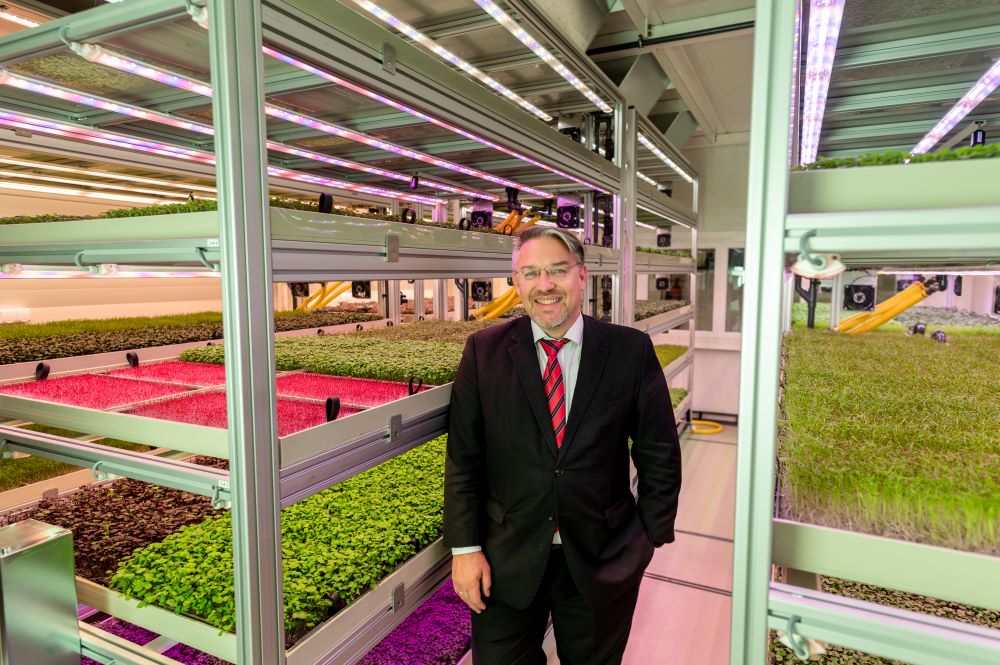1,600 people to be laid off now or 3,000 next year and close down
EnglishTungsram has not built its future on conventional lighting technology, and for four years it has been working hard to build up new, innovative businesses. If it hadn't been for the pandemic, the energy crisis and the war, the transition could have been completed in a few years, but now a drastic step is needed - or at least that is what the company claims.
Tungsram is about to cease the production of conventional lighting products and will lay off 1,600 workers in various steps before the end of the year, it was revealed last week.
After the announcement, the media condemned the long-established Hungarian company mostly criticising it for spending public funds to save a doomed business at a time when it was already clear that there would not be much demand for outdated light bulbs for much longer.
We contacted Tungsram about the reasons behind the closures. They explained that
they had not based their future on the conventional lighting technology they were now planning to discontinue,
but had already started to develop their innovative businesses in 2018 when the company separated from GE, and these have now grown into viable, stable businesses.
These include Solution, which runs lighting reconstruction projects and programmes focusing on energy efficiency; Components and Services, manufacturing battery components and components related to energy production and healthcare equipment; and Lighting, which focuses on LED-based outdoor, industrial, tunnel lighting or energy-efficient indoor renovation programmes combined with smart systems and capabilities.
Government funds have been used to ramp up these businesses, an example of which is the vertical farm built last year with 50 percent government funding, experimenting with food production methods for the future.

Jörg Bauer President & CEO
More time would have been needed
Jörg Bauer's buyout was the only way Tungsram could escape immediate and certain closure, and from the very beginning they had been planning to build on modern technologies to replace traditional production. Their efforts proved to be successful
Tamás Mehlhoffer, Head of Communications at Tungsram told Növekedés.hu, and claimed that the new businesses would have been able to replace the outdated production after a while.
This, however, would have required many more peaceful years than Tungsram has had. After the buyout in 2018, it was still considered fairly young as an independent company and was just starting its transformation when the coronavirus epidemic hit, bringing orders to a standstill. Then came global supply problems, rising freight costs and raw material shortages. And yet, the company might still have been able to cope with these.
Time and our growing successes show that despite the foreseen initial difficulties, we are on the right track, we have a plan, a strategy that works and will soon be reflected in results
Jörg Bauer told Növekedés.hu rather optimistically almost exactly one year ago. But the situation kept deteriorating with energy prices skyrocketing and the outbreak of the Russian-Ukrainian war, and the combined impact of these has made Tungsram's operations completely impossible.
In addition, the United States, the last remaining market for halogen lights, also started to phase out these products, which means that we have to cease the manufacturing of conventional lighting products in 2022.
So, although some lay-offs would have been inevitable in the best-case scenario as well, the problem would have been much less serious than now when the inevitable technological transition has to be made in a very short time.

The only way to save 1,500 jobs
Tungsram's results are not really positive, as in the four years since the change of ownership it has not become profitable but has been making a loss year after year.
The company had a loss of 9 billion forints in 2019, and 8 billion in 2020.
Given the prevailing circumstances described above, last year cannot have been much better either, clearly because of the manufacturing of conventional lighting products, which has been pulling back the company’s performance. Therefore, they came to the conclusion that
unless they take action now, the 1,600 jobs would be safe for a while but Tungsram would probably collapse within a year,
with 3,000 workers and the company’s supplier base of many SMEs suffering the consequences.
Tamás Mehlhoffer believes that the new business divisions will be able to support the 1,500 employees remaining after the redundancies, which will mean a smaller, more flexible and more competitive Tungsram.
In the light of their results, this optimism does not seem unrealistic, as
Solution’s sales in 2021 reached 6 billion forints; Components and Services reached more than 10 billion and won an innovation award for its tungsten fibre development,
and Lighting is specifically focusing on large-scale international infrastructure tenders, something that was unseen in the previous GE era, winning several major tenders in Saudi Arabia, the United Arab Emirates and Oman.
Tungsram is the largest Hungarian exporter to Oman and Saudi Arabia, accounting for 30 percent and 20 percent of total Hungarian exports to these countries, respectively.
